What’s on the BMOW Bookshelf
Over the decades, I’ve pared my collection of books down to just four shelves – only about 100 volumes from a lifetime of reading and studying. Because who needs physical books in an age where everything is available online? The few books that remain in my collection have survived a relentless process of repeated culling, until only the most meaningful and valuable ones remain. Want to take a peek? Here are some selections from the shelves.

Computation Structures, by Ward and Halstead. This was my original digital electronics textbook, covering everything from the transistor to CPU design, and is the only one of my bazillion university textbooks to have survived the cull. This book and MIT’s 6.004 class are what first got me excited about building with electronics. The book is a bit dated now: for something more up-to-date, maybe try Horowitz and Hill instead.
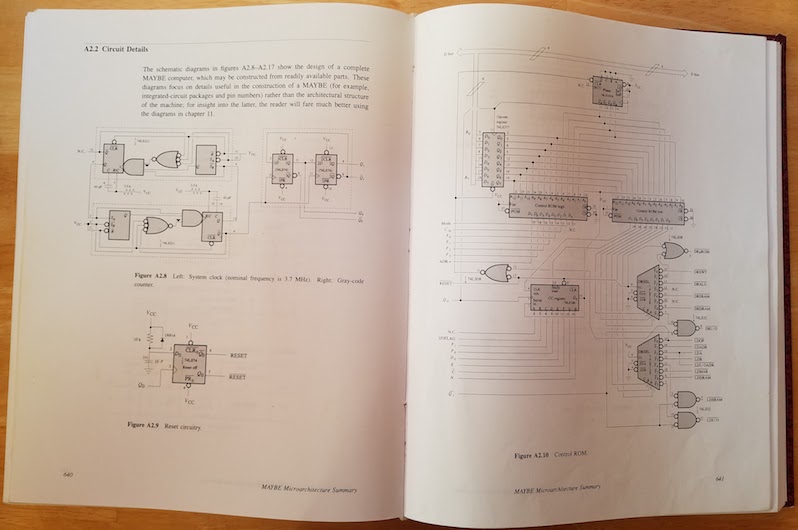
At the end of Computation Structures are schematics and control software for a DIY 8-bit computer called the MAYBE, from which I liberally borrowed ideas for my BMOW 1 computer. I built the MAYBE on a giant breadboard in a suitcase, chip by chip and wire by wire, over a semester-long class.
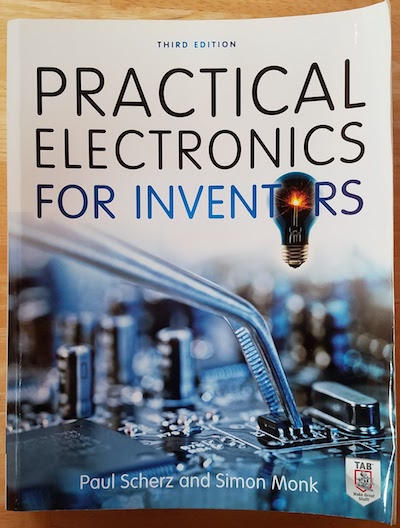
Practical Electronics for Inventors, by Scherz and Monk. This is a great reference for all those electronics details I should have learned, but didn’t. It puts an emphasis on practical engineering applications, with just enough theory to make sense of it all. When I find myself staring at some Forrest Mims schematic or other inscrutable circuit full of bipolar transistors and passives with unknown purpose, this book is a helpful deciphering aid.
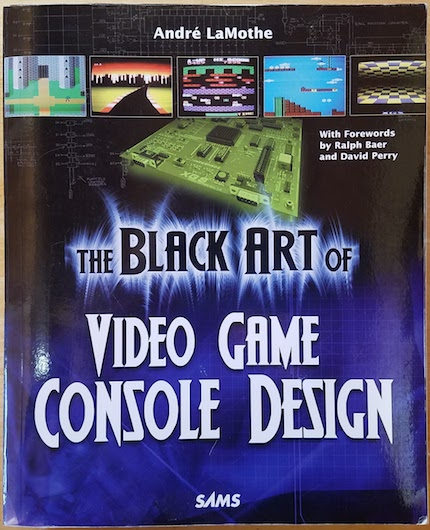
The Black Art of Video Game Console Design, by André LaMothe. Ignore the slightly misleading title. This book is a great how-to guide for designing and building digital electronics projects of all types, with a particular emphasis on microcontroller projects. It covers analog and digital theory, circuit analysis, prototyping techniques, computer architecture, video synthesis, relevant tools, and more. If I could only have a single reference book for all my BMOW projects, this would probably be it.
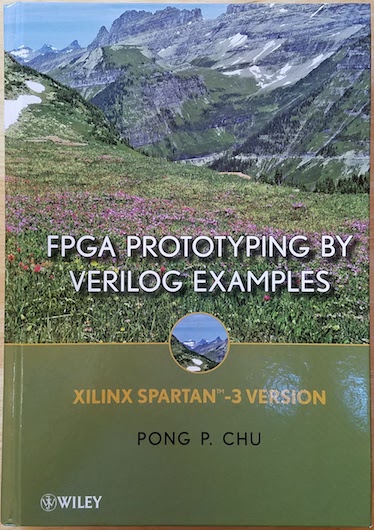
FPGA Prototyping with Verilog Examples, by Pong P. Chu. For anyone that’s interested in building things with FPGAs or CPLDs, but finds it hard to get past the phase of blinking an LED, check out this book. Verilog can be a difficult language for someone coming from procedural languages like C++. It looks superficially similar, but is actually radically different, with every line of “code” running in parallel. This book goes beyond the Hello World stuff, and provides well-explained examples like a digital stopwatch, a soft UART, PS/2 keyboard IO, and a memory controller. There’s also a VHDL version of this book by the same author, if you prefer that to Verilog.
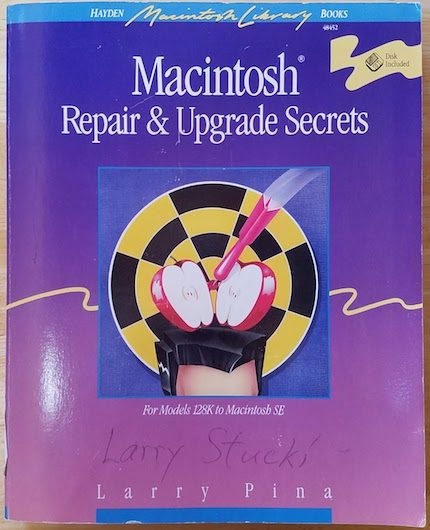
Macintosh Repair and Upgrade Secrets, by Larry Pina. This book is the bible for vintage Mac collectors. It’s long out of print, but I managed to snag an old copy from eBay. Does you Mac Plus make a “flupping” sound and refuse to turn on? Got an original Mac 128K with floppy drive problems, or video that’s reduced to a single horizontal line? Larry explains how to fix it, pointing to exactly which components need testing and replacement. These were the good old days when hackers could fix their busted motherboard by replacing transistor Q5 with a Radio Shack soldering iron, instead of making an appointment at the Genius Bar.

The New Apple II User’s Guide, by David Finnigan. Unlike Macintosh Repair and Upgrade Secrets, Finnigan’s Apple II bible was published in 2012 and is therefore relatively up to date. It covers all the common repairs for the Apple II family, as well as lots of reference material for collectors who may not have grown up with an Apple II, or forgotten what CALL -151 does. What’s better, it also discusses many of the challenges and options for using an Apple II computer in the 21st century. These include how to get your Apple II on the internet, solid state floppy disk alternatives, archiving tools, and the like.
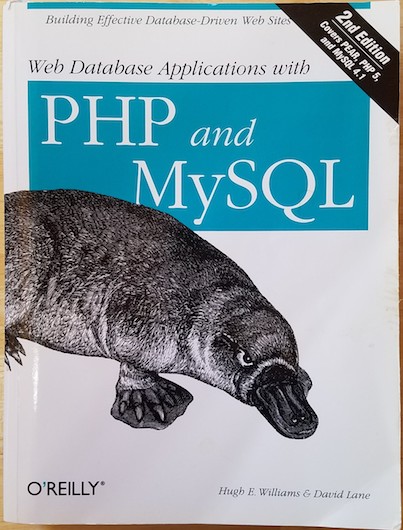
Web Database Applications with PHP and MySQL. This book is essentially “how to build an interactive web site for dummies” using 2004 technology, so it’s dated now, but I still refer to it occasionally. Even for someone with no plans to build a web site, it’s a good introduction to the concepts of how web sites work under the hood. The book describes the ever-popular LAMP stack (Linux, Apache, MySQL, PHP) used to build the front-end and back-end of web applications. Using the skills learned from this book, augmented with more online learning, I’ve built about a dozen different web sites over the years.
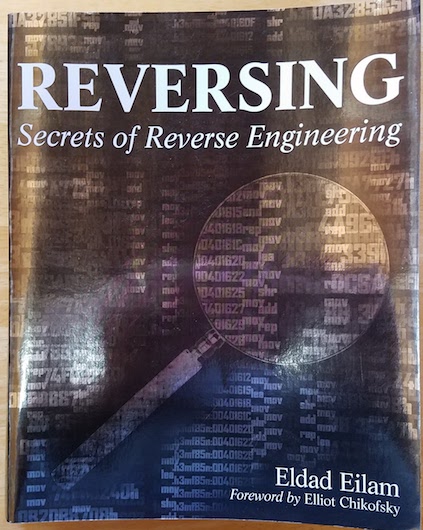
Reversing: Secrets of Reverse Engineering, by Eldad Eilam. This is a fascinating look at how software programs are put together, and how they can be pulled apart and modified. I’m not aware of any other books like this one, which makes it that much more entertaining. Reverse engineering sometimes gets a bad reputation, and some people believe it’s only relevant for defeating copy-protection or other morally questionable purposes. The author introduces other uses, such as dissecting and analyzing malware, or understanding software that lacks source code and documentation. For anyone who enjoyed my post about what happens before main(), or my quest to create the smallest possible Windows executable, I recommend checking out this book.
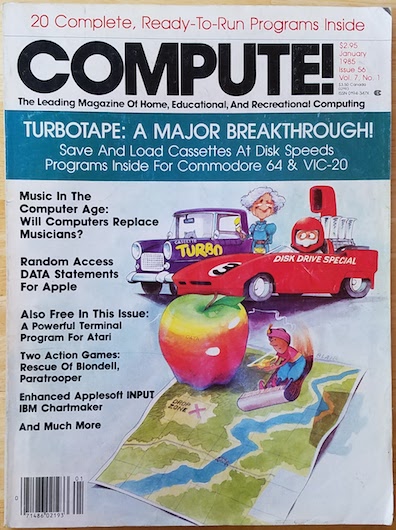
Compute! Magazine, January 1985. This is the only remaining example of my once-mighty collection of computer magazines. There’s no special significance to this particular issue, other than that it was the only one to escape the recycling bin. It’s always amusing to browse. Loading software from cassette tape? Compuserve ads? And who didn’t love typing in those 20-page long BASIC program listings?
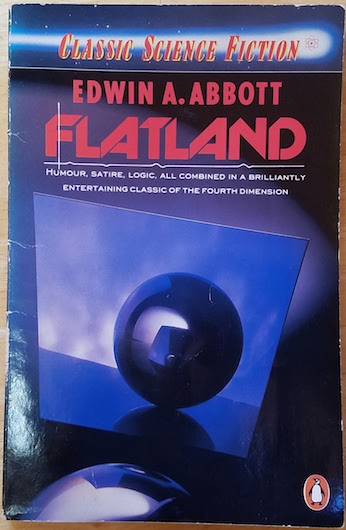
Flatland, by Edwin A. Abbott. This classic 1884 science fiction “romance of many dimensions” will blow your mind in just 92 pages. Imagine you’re a three-dimensional being attempting to explain things to inhabitants of Flatland, a 2D world. Imagine those Flatlanders attempting to explain their world to the miserable inhabitants of 1D Lineland. Now ponder the implications for our own three-dimensional existence: is it any more real than Flatland or Lineland? Where are the 4D visitors to Earth, and what might they look like? It’s a fantastic thought experiment, and the side-plot satire of Victorian society values is a hilarious bonus.

The Monopoly Companion, by Philip Orbanes. If you thought Monopoly was just a silly game for kids, you’re wrong. Back in my university days, my group of friends played many hundreds of Monopoly rounds, arguing strenuously over trading and strategy. A good friend was the Massachusetts champion one year, and represented the state at the National Monopoly Championships held in Atlantic City. The book describes general strategies like a preference for certain color groups (orange is best), and the importance of building to the three house level. We created a detailed software simulation accounting for all board squares, rents, cards, and dice roll probabilities, and ran it millions of times to determine the best strategy. Then we sent a letter to this book’s author, disputing some of his conclusions. God, what a bunch of nerds we were.
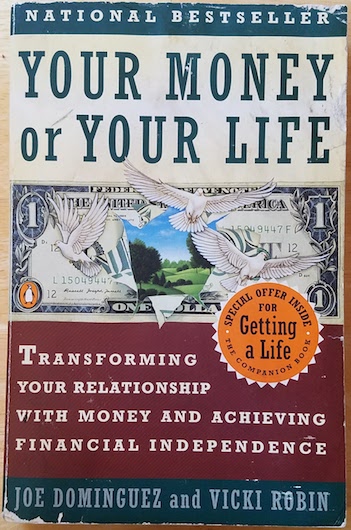
Your Money or Your Life, by Dominguez and Robin. We all spend a tremendous amount of time and energy in the attempt to accumulate money, sometimes without really considering why. Yes we need a safe place to live, food to eat, and other necessities – but what then? The money itself won’t bring happiness. Have we really thought about exactly what will bring happiness? How much of our life’s energy are we willing to trade away for those things? Having identified them, might there be other ways to get similar things that require less or no money? Can money even buy them at all? Your Money or Your Life helps guide readers towards a future where they may not be rich in dollars, but are rich in the things they value most.
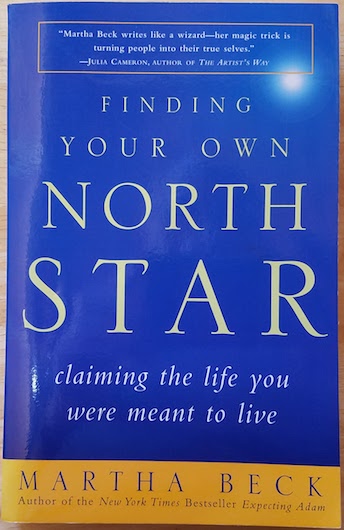
Finding Your Own North Star, by Martha Beck. Where are we headed? Why? What’s important to our essential self? Like other self-help books or the time-honored What Color is Your Parachute, this book aims to help identify paths that are best-aligned with one’s values. It resonated with me in a way that other similar books didn’t. One clever exercise was to get everybody on your side, by intentionally redefining who “everyone” is. Another was an invitation to envision the best possible personal future imaginable, and map it out. The act of defining a goal already brings it closer.
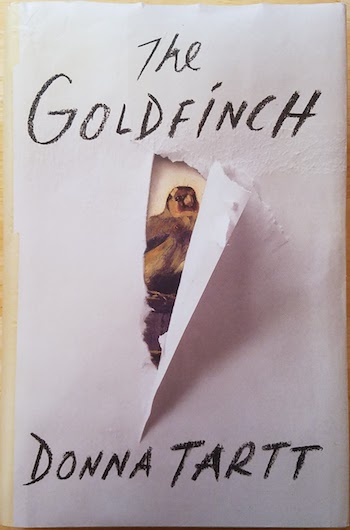
The Goldfinch, by Donna Tartt. A friend and I read this Pulitzer Prize winning novel at the same time. She thought it was just OK. I thought it was outstanding. It was one of those books that when you finish, you set it gently in your lap and just stare vacantly into space for a long while, trying to digest it all. Tartt’s prose is rich and evocative like a master painting, and her story of loss and disaffection is heartbreaking. But what really moved me was the portrayal of the awkward intimacy of adolescent male friendships, the things said and unsaid but understood, the struggle to carry those relationships into adulthood. I felt Tartt had snooped inside my mind and extracted feelings I didn’t even know were there.
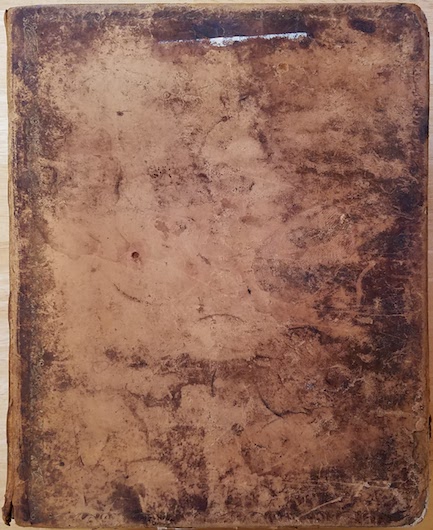
A family bible from 1817. Not many artifacts survived the past two centuries with my family, but this one did. It’s a huge volume with an imposing leather cover, and on the inside leaf are inscribed the births and deaths of generations.
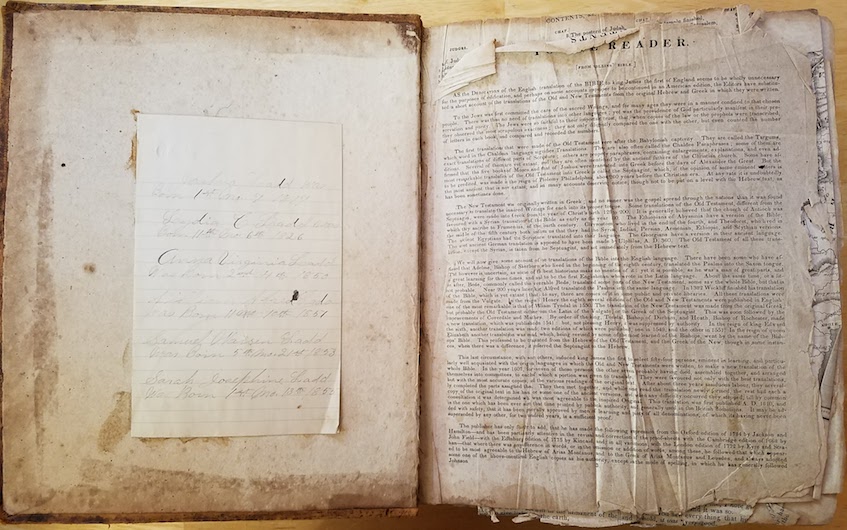
“Joshua Ladd was born 1st mo. 7 1817”. That’s January 7 to us, so Joshua just had his 201st birthday recently. He was my great-great-great-great-grandfather, a farmer originally from Virginia who at age 14 moved to Ohio with his mother and siblings after the death of their father. Ohio had just become a state, and the family moved in search of new opportunities. Joshua opened a grocery and supply store in the town of Westville, near Damascus OH. I still have the wedding gloves of Joshua’s daughter Sarah tucked safely in a box. Any Ladds in your family tree? Maybe we’re related.
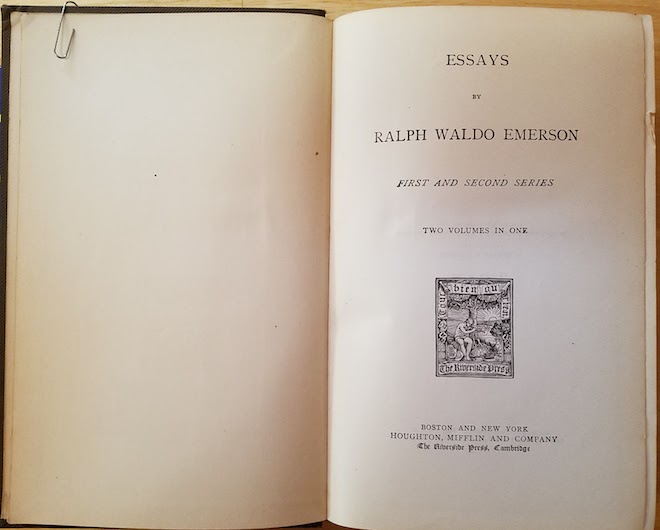
Essays by Ralph Waldo Emerson. This particular volume is from 1883, and was passed down through generations to my father and then me. Sometimes I think those Transcendentalist authors like Emerson, Longfellow, and Thoreau had everything figured out in 1870, and we haven’t accomplished much since. “When you were born you were crying and everyone else was smiling. Live your life so at the end, you’re the one who is smiling and everyone else is crying.”
Read 3 comments and join the conversation3 Comments so far
Leave a reply. For customer support issues, please use the Customer Support link instead of writing comments.


Funny to see Your Money or Your Life on your list. One of the most impactful books I’ve ever read.
My solution to the culling of my bookshelf was to get rid of it … I bought a book binding cutter and a good Fujitsu duplex scanner and converted all my books to digital.
I always see a lot of people liking the “Flatland” book, but I’ve always enjoyed the 1980s equivalent “The Planiverse” by A.K. Dewdney. See what happens when a 2-dimensional universe gets lodged inside of a 1980s microcomputer at a Canadian University.
I asked Larry what was up with that remarkably disheveled author photo on the back cover of “Macintosh Repair & Upgrade Secrets”, and he said he’d been asleep literally 5 minutes before opening the front door for the photographer. To his credit, it really does look like he stays up all night fixing Macs. 🙂